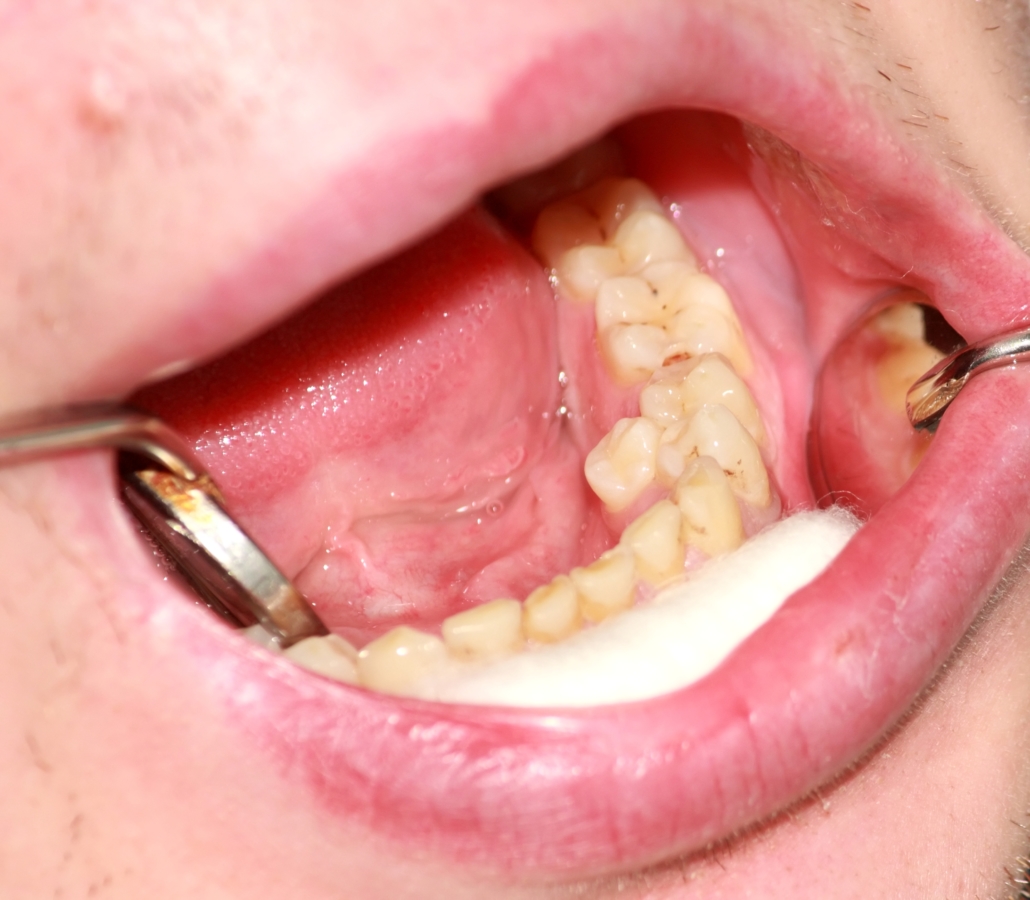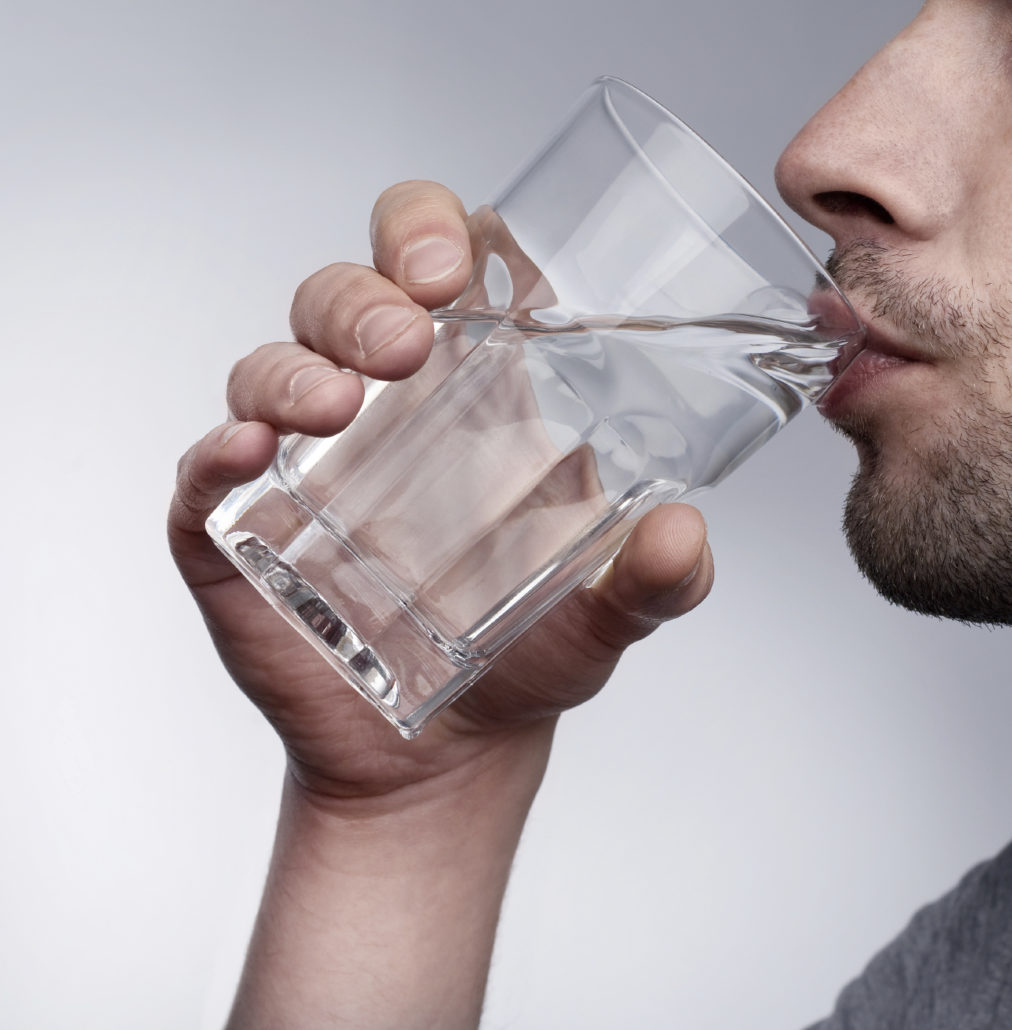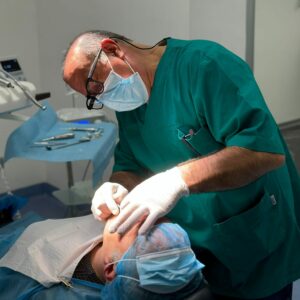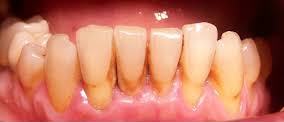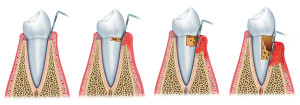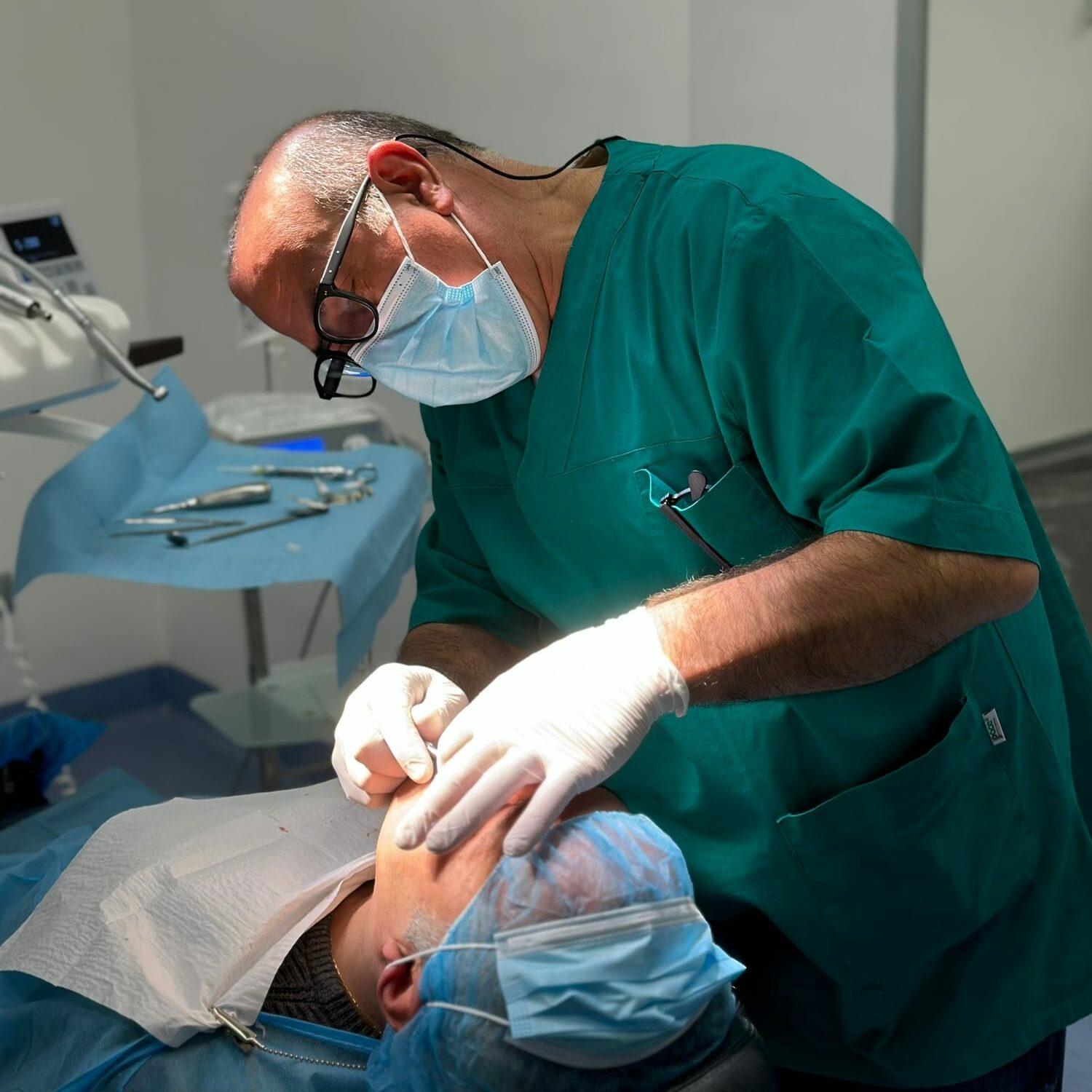The role of the tongue is fundamental for a correct chewing function and for swallowing. The position of the tongue inside the oral cavity also conditions the alignment between the dental arches and determines a correct occlusion.
Chewing function, alignment of the dental arches and the temporomandibular system are essential elements for the health and well-being of the organism.
Function of the tongue in swallowing
The tongue has the task of carrying the bolus in the pharyngeal phase, also exerting the correct pressure during the entire swallowing phase. In exercising this function, the tongue carries out a sequence of complex movements of the internal and external muscles.
Understanding if the language is working properly is not easy and cannot be observed with the naked eye. To observe the complex movements of the tongue, specific diagnostic tests are necessary, those used so far to evaluate the role of the tongue in swallowing are: fluoroscopy and ultrasound.
Fluoroscopy, despite being a specific exam, requires direct exposure of the patient to radiation, while ultrasound can only monitor part of all the complex movements that the tongue makes. In both cases, however, these are two-dimensional images that do not clarify with certainty what the role of the tongue is in each phase of swallowing.
Role of the tongue in swallowing: electromagnetic articolography
Electromagnetic articulation is a recently adopted diagnostic test to assess the role of the tongue during swallowing and can provide detailed information in a non-invasive way.
In a study, published in the November 2021 Journal of Oral Rehabilitation, researchers analyzed the movements and pressure of the tongue depending on the volume of the bolus when swallowing.
Sixteen healthy volunteers aged between 29 and 33 were included in the sample, 12 of which were men and 4 women.
The sixteen volunteers underwent electromagnetic articulation to evaluate the movement and role of the tongue during the swallowing phase. The sample was asked to swallow 3ml and 10ml of water.
The measurement was carried out on the movement, the trajectory, the speed, the displacement of the tongue on the vertical axis in the phase preceding the contact with the hard palate.
The results of the research
Tongue rotation was significantly greater when swallowing 3 mL of water than when swallowing 10 mL.
The rotational speed of the back of the tongue was significantly greater than that of the front. Maximum velocity and vertical displacement were significantly greater when swallowing 10 mL of water than when swallowing 3 mL of water.
There was no significant difference either in the intensity of tongue pressure or in the maximum duration of lingual pressure between the two groups.
In conclusion, it was found that the volume of the bolus influences the way the tongue moves but not the pressure of the tongue.
Electromagnetic articulation is a valid diagnostic test to monitor the role of the tongue in swallowing.


